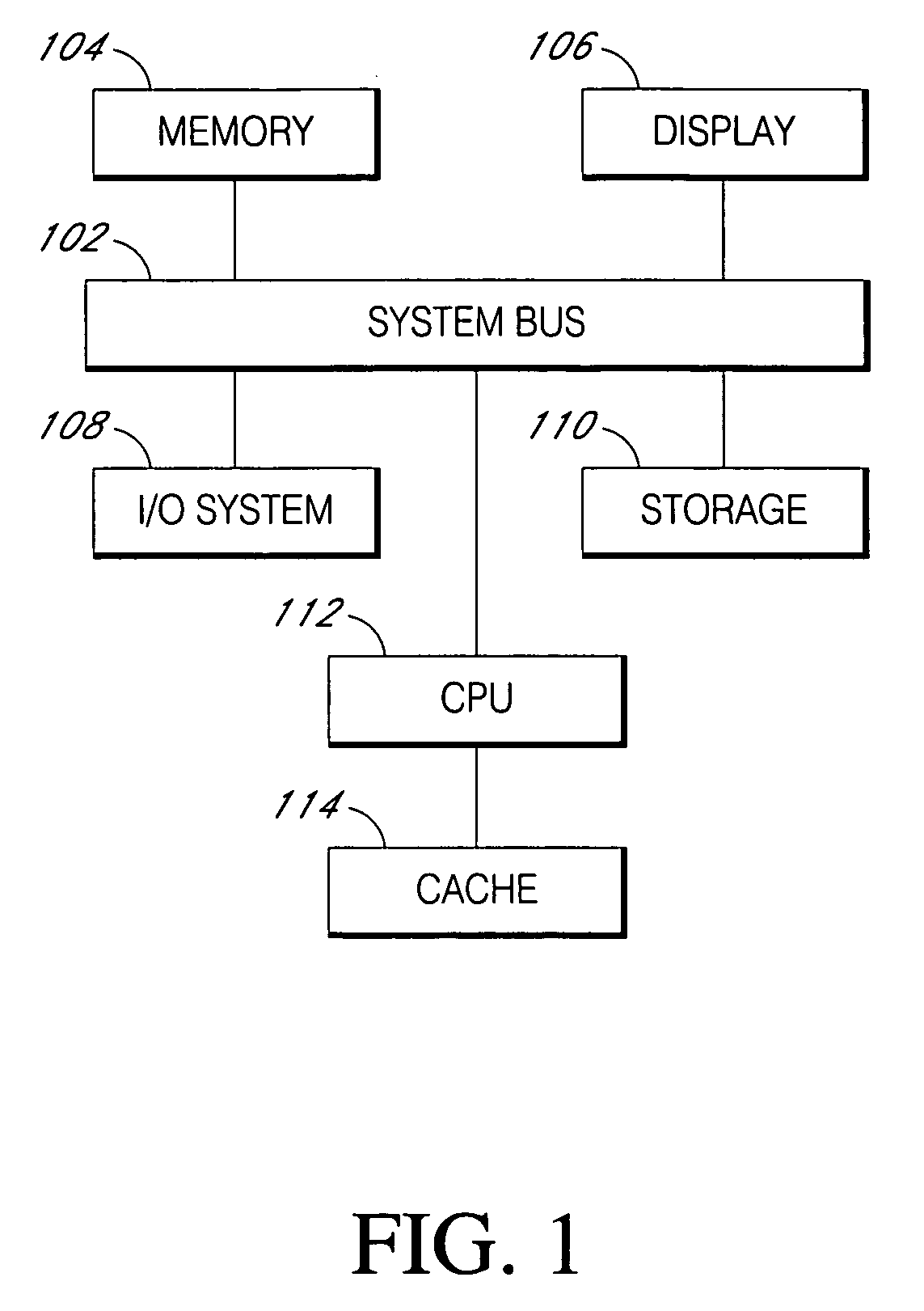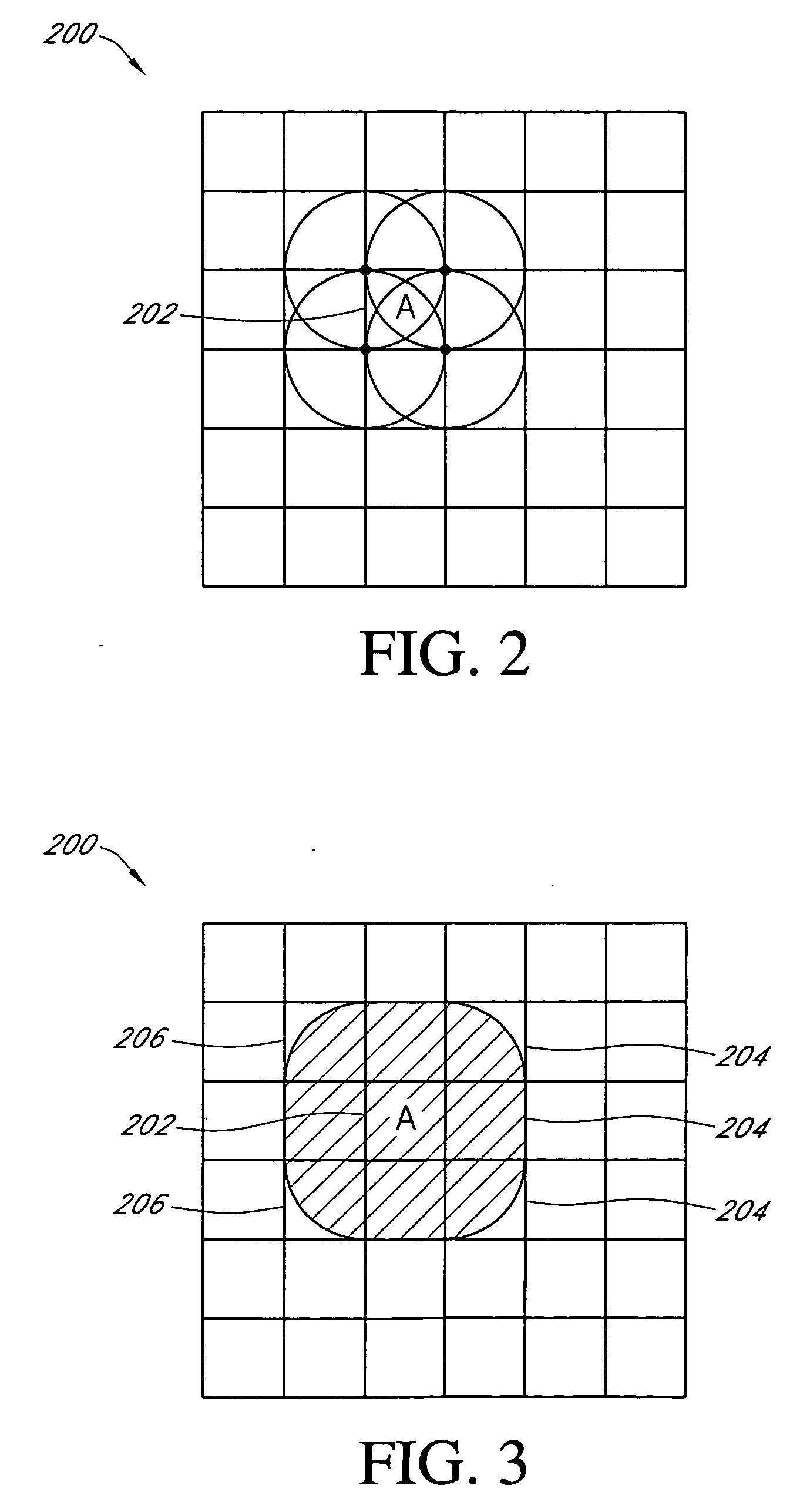System and method for modeling interactions
a system and method technology, applied in the field of system and method of determining interactions between bodies, can solve the problems of not regularly updating the list of cached interactions, the inability to model and the computational cost of iterating over every possible combination of bodies
- Summary
- Abstract
- Description
- Claims
- Application Information
AI Technical Summary
Benefits of technology
Problems solved by technology
Method used
Image
Examples
examples
[0120]The binning method described above has been implemented as a module of a “ZymeCAD Molecular modeling application”. Appendices A through C provide source code showing illustrative embodiments of the methods of the instant application.
Results and Testing
[0121]The binning method was implemented as described, and tested to ensure that performance exists as described. Because of the emphasis on optimization of the binning method, two particular tests are used to demonstrate that the optimization functions as predicted. The first is the ability to predict the optimized behavior for large and small systems as a function of the selected order (o parameter), which allows for the optimal number of bins to be used. The second is the speed of the binning method, which maintains an O(N) performance—depending on the number of bodies in the simulation, rather than the number of bodies, squared.
Scaling as a Function of Order
[0122]The system used to test the scaling as a function of order was ...
PUM
 Login to View More
Login to View More Abstract
Description
Claims
Application Information
 Login to View More
Login to View More - R&D
- Intellectual Property
- Life Sciences
- Materials
- Tech Scout
- Unparalleled Data Quality
- Higher Quality Content
- 60% Fewer Hallucinations
Browse by: Latest US Patents, China's latest patents, Technical Efficacy Thesaurus, Application Domain, Technology Topic, Popular Technical Reports.
© 2025 PatSnap. All rights reserved.Legal|Privacy policy|Modern Slavery Act Transparency Statement|Sitemap|About US| Contact US: help@patsnap.com



